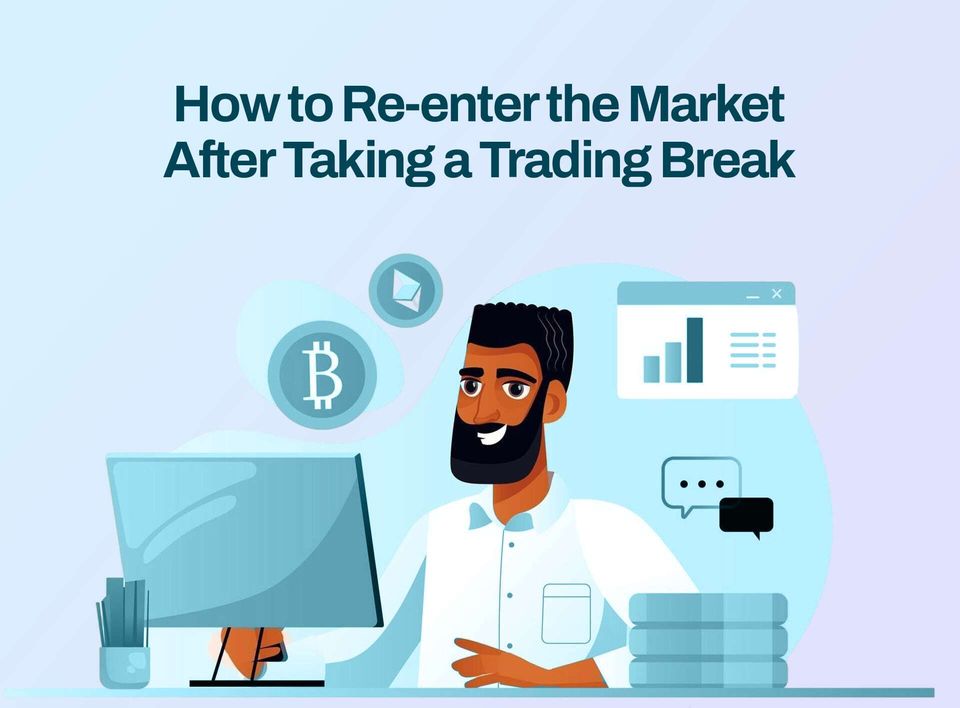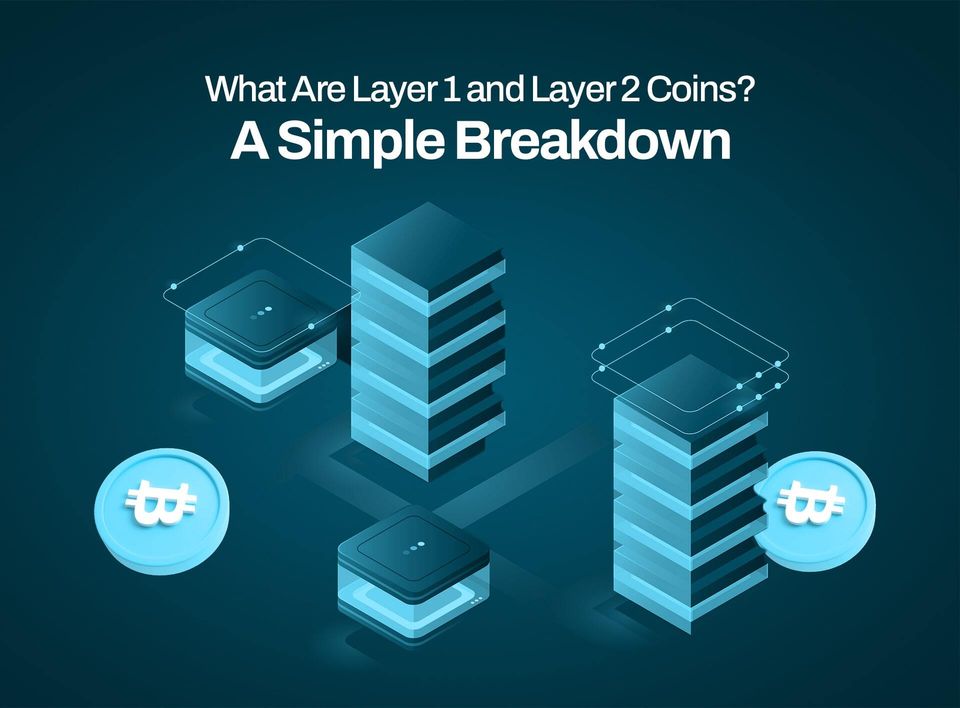What Are Wrapped Tokens in Crypto?
From wBTC to wETH, see why wrapped tokens exist, how they maintain 1:1 backing, and how to use them in DeFi and cross-chain swaps.

Table of Contents
- What are Wrapped Tokens?
- How do Wrapped Tokens work?
- How are Wrapped Tokens Created?
- Benefits of Wrapped Tokens in Crypto
- Wrapped Tokens in Decentralized Finance (DeFi)
- Challenges Associated With Wrapped Tokens
- FAQs
Wrapped tokens in crypto are tokens with values tied to a cryptocurrency on a different blockchain. They are usable on non-native blockchains because they're created to function like the tokens on the non-native blockchain.
Most crypto exist on their own blockchain and cannot be used across other blockchains. However, wrapped tokens can.
By covering a token in the "skin" of another token, it takes on the properties of that token. It can exist and be used on the copied token's native blockchain.
Wrapped tokens were created in the crypto space to solve the problem of interoperability and, hence, are important.
In this article, you’ll take a headfirst dive into what wrapped tokens are in crypto, as well as why and how they are created.
What are Wrapped Tokens?
Wrapped tokens are tokenized coins created with a token standard different from the original coin’s blockchain standard.
Imagine you want to work in another country where you’re not a native. You’ll need to ‘wrap’ yourself with a visa. The visa grants you entry into the country as one of the natives to enable you to work there.
Another analogy is foreign currency. If you have British pounds and want to shop in an American store, you'll need to convert the pounds to dollars to be able to shop in the dollar store. Your dollars will have the exact value of the amount in pounds that you're converting.
Similarly, a wrapped token is a transformed or mutated cryptocurrency that takes on the similitude of the coins on a non-native blockchain where it's to be used. A coin version is built with the token standard of a different blockchain to enable usage on that blockchain. But its value is equivalent to that of the original coin.
A prime example is wBTC. It's just BTC that is similar to ERC-20 tokens on the Ethereum chain. BTC and Ethereum blockchains are completely different, and crypto traders cannot use one on the other blockchain. So, to foster interoperability, a wrapped Bitcoin is created. The value of 1 wBTC will be equal to 1 BTC.
How do Wrapped Tokens work?
Tokens in crypto are representations of assets on blockchains that already exist. They're different from the coins themselves. Tokens are proof of ownership of a digital asset like BTC. Hence, wrapped tokens work by combining the usefulness of tokens and enabling their transferability from one chain to another.
Wrapped crypto are similar in how they're pegged at a 1:1 ratio to their original coin. However, the difference is that stablecoins have reserves which may not always be in cash. It could be the cash equivalent of an asset like gold. For example, Tether USDT is tied to the USD at a 1:1 ratio, but not every USDT has a 1 USD reserve in fiat. It could be any asset that also has the same value in dollars.
Examples of wrapped tokens are wBTC and wETH. These two are pegged to 1 BTC and 1 ETH each.
wETH seems questionable initially, but it was created because ETH is incompatible with tokens created using the ERC-20 token standard. Other wrapped tokens are in existence, including wMATIC and wFTM.
How are Wrapped Tokens Created?
Wrapped tokens are created in 3 steps.
- Asset locking
- Minting of wrapped token
Asset Locking
To create a wrapped token, one party called the custodian (mostly a DAO) holds an amount of native coin in a digital vault. These coins under lock serve as the reserve or collateral that backs the wrapped tokens to be created. Note that the vault could be a multi-signature wallet.
Minting of the wrapped token
The issuing party or merchant will then mint the tokens using the token standard of the blockchain they’re to be used on. The newly minted tokens will then be released on the new blockchain, where they can be traded in place of the original coin.
So, if Binance, for example, wants to create a wrapped token to trade on Binance Smart Chain, It sends 1000 coins (take BTC, for instance) to a custodian (let's use UniSwap). Exactly 1000 Binance tokens will be created because a reserve gives the newly minted wrapped tokens value.
Benefits of Wrapped Tokens in Crypto
The advantages wrapped cryptocurrency brings to the table are many. They are:
- Improved interoperability
With wrapped tokens, crypto traders can now enjoy cross-chain trades with several cryptocurrencies. This will, in turn, enhance the circulation of digital assets in the crypto sphere without the risk of inflation.
- Increased Liquidity
Wrapped crypto improves the liquidity of a coin because it can be converted back and forth to either version and be traded. Assets that are not wrapped can only be traded on their blockchain, which is limiting.
- Efficient use of capital
Wrapping a coin doesn't require that more of that be minted or mined. The coins already in circulation are suitable for the creation of wrapped crypto. So, wrapped tokens use already existing capital efficiently.
Wrapped Tokens in Decentralized Finance (DeFi)
In the cryptosphere, the focal point is decentralization. However, some entities still control or oversee transactions for some crypto holders. But with DeFi, the need for a third party is eliminated. Traders can carry out peer-to-peer transactions using smart contracts. So, how do wrapped tokens come in?
The introduction of wrapped tokens deepens the efficiency and usefulness of decentralized finance. The possibilities are endless if a crypto holder can trade several different crypto without help.
Using smart contracts, wrapped tokens in DeFi enables Dapp developers and crypto traders to build applications, borrow and lend crypto across chains and liquefy their assets in various digital forms.
Challenges Associated With Wrapped Tokens
So far, wrapping crypto has proven to be a resourceful development. However, it carries a measure of risk, some of which are as follows.
- Centralisation issues
The whole point of using cryptocurrency is to decentralize asset storage, acquisition and control. However, with wrapped tokens, a custodian must lock the coins that act as the reserve for the minted tokens. This is still centralization and challenges the purpose of DeFi and cryptocurrency.
- Security
It has been established through study and trial that decentralized finance offers higher security to funds because each person controls their own. But with wrapped tokens, a custodian has to hold the reserve. This bears a considerable security risk as the custodian may diminish the reserved coins or suffer a hack.
- Regulations
There remains an uncertainty about how different entities or bodies may regulate wrapped crypto. Cryptocurrency itself is regulated and even banned in certain parts of the world. Invariably, wrapped tokens are out of the picture in those areas.
To Wrap Up
Wrapped tokens are the new stepping stone for crypto traders looking to diversify their asset base without pooling more capital. Wrapped crypto simply refers to a token that has the characteristics of coins on a non-native blockchain.
A major benefit of wrapped tokens, especially in DeFi, is improved interoperability, i.e. the possibility of trading several coins across their different blockchains. Another is the higher liquidity of crypto assets.
However, some challenges accompany these special tokens, such as the security risk associated with centralization. Having a custodian is a glitch in the design. But there's hope for the future, judging by the progress of DeFi applications.
FAQS
Q: What are wrapped tokens in crypto?
A: Wrapped tokens in crypto are tokens whose values are tied to a cryptocurrency on a different blockchain, allowing them to be used across non-native blockchains.
Q: Why were wrapped tokens created in crypto?
A: Wrapped tokens were created to address the issue of interoperability, enabling tokens to be used on blockchains other than their native ones.
Q: How do wrapped tokens work?
A: Wrapped tokens work by representing a cryptocurrency on a different blockchain, essentially "wrapping" it with the properties of the tokens native to that blockchain.
Q: What is an example of a wrapped token?
A: An example is wBTC, a wrapped Bitcoin that functions like ERC-20 tokens on the Ethereum chain, allowing Bitcoin to be used on the Ethereum blockchain.
Q: How are wrapped tokens created?
A: Wrapped tokens are created through a three-step process: asset locking, minting of the wrapped token, and the release of the newly minted tokens on the non-native blockchain.
Q: What is the role of a custodian in creating wrapped tokens?
A: A custodian, often a DAO, holds a reserve or collateral in the form of native coins in a digital vault, which serves as the backing for the creation of wrapped tokens.
Q: How does asset locking work in creating wrapped tokens?
A: Asset locking involves holding a certain amount of native coins in a digital vault, serving as collateral for the wrapped tokens to be created.
Q: What is the minting process in creating wrapped tokens?
A: The minting process involves creating new tokens using the token standard of the non-native blockchain, and these newly minted tokens represent the wrapped version of the original coin.
Q: How do wrapped tokens contribute to improved interoperability?
A: Wrapped tokens facilitate cross-chain trades, allowing crypto traders to use various cryptocurrencies across different blockchains, enhancing overall interoperability.
Q: How do wrapped tokens enhance liquidity?-
A: Wrapped tokens improve liquidity by enabling conversion back and forth between versions, allowing trading on different blockchains and avoiding limitations present with non-wrapped assets.
Q: How do wrapped tokens fit into Decentralized Finance (DeFi)?
A: Wrapped tokens in DeFi enhance efficiency and usefulness by enabling peer-to-peer transactions, building applications, and facilitating borrowing, lending, and liquidity across different blockchains using smart contracts.
Q: What are the cons of wrapped tokens?-
A: Challenges include centralization issues, as a custodian must hold the reserve, potential security risks, and uncertainties about how different entities or bodies may regulate wrapped crypto.
Q: Why is centralization a concern with wrapped tokens?-
A: Centralization is a concern as a custodian is required to hold the reserve, contradicting the decentralized nature of traditional cryptocurrencies and DeFi.
Q: Are there regulatory concerns with wrapped tokens?-
A: Yes, there is uncertainty about how different entities or regulatory bodies may approach the regulation of wrapped crypto, especially in regions where cryptocurrency itself is regulated or banned.
Q: What benefits do wrapped tokens bring to DeFi?
A: Wrapped tokens in DeFi contribute to improved efficiency, allowing for peer-to-peer transactions, building applications, and facilitating borrowing, lending, and liquidity across various blockchains using smart contracts.
Disclaimer: This article was written by the writer to provide guidance and understanding of cryptocurrency trading. It is not an exhaustive article and should not be taken as financial advice. Obiex will not be held liable for your investment decisions.




